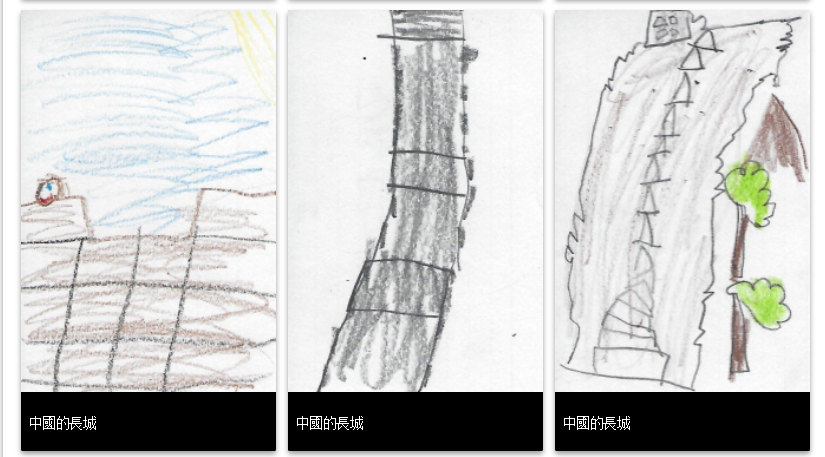Submitted by: Karen Nowicki
Collaborators: Michelle Grubbs
School: Springfield Park
Summary
The students participated in a formal debate experience called “The Great Debate.” Parents and students were invited to observe the debate, which was held on the stage in the auditorium. In preparation for this event, students learned and practiced effective public speaking and debating skills. They decided on three topics for the debate. This year’s topics were “Should students wear school uniforms?”, “Should children have cell phones?”, and “Privacy versus security in the United States.” The students were divided into six teams and a captain was elected to oversee each team’s activities. The students did research on their topics at home and at school using a PortaPortal that Mrs. Grubbs, our media specialist, created. Mrs. Grubbs also set up a blog for students to post questions, which were answered by students from Laburnum Elementary School. The students used the research they did to write a constructive speech for the debate. The students also participated in a rebuttal round during the debate in which they responded extemporaneously to the arguments presented by the other team. Two students served as cameramen to videotape the debate for us to review as a class.
TIPC Ratings
Target: Students worked together to compile a list of possible topics. The topics of cell phones, school uniforms, and privacy versus security in the United States were real world issues that have been in the news this year. Students were excited to research these “hot topics.” They used school databases, Portaportal, as well as books, magazine articles, newspaper articles, and a blog with students at Laburnum Elementary
school.
Target: The students worked as teams to collaborate on the research and writing phases of preparing for the debate. They also collaborated on the strategy they used in figuring out the order for their arguments and speakers to present the strongest team. Students learned and mastered effective communication skills as they practiced for the debate. The students also communicated with students at Laburnum Elementary using the blog that Mrs. Grubbs set up. They asked questions on their debate topics and later read the responses. This enabled the students to communicate with students from diverse backgrounds and appreciate their views on these topics. Communicating with students who actually attend a county school where a uniform policy is in place gave students a perspective that they could not have received from students at Springfield Park. The students videotaped the debate and created a multi-media presentation to review their performance.
Target: The students employed critical thinking skills when analyzing their research, creating questions to guide their research, finding ways to look at an issue from two sides, and delving into the topic at hand. They used problem solving to discover ways to work effectively as a team and to anticipate the arguments that might be presented by their opponents.
Target: During the practice debates that were held in the classroom, students evaluated each other verbally. After watching a debate, the students in the audience were asked to stand in front of the debate team that they felt presented the strongest arguments and rebuttals. Students were encouraged to generate their own scoring system or rubric to award points and determine which team did the best job. There were many creative ways that students designed their evaluation charts. In this activity, students needed to decide what they were looking for in each participant and measure how well they did.
Student Artifact
Untitled from Karen Hues on Vimeo.
Download Files
- Lesson Plan
- Project Rubric
- Practice Debate Scenarios
- Tips for Public Speaking






